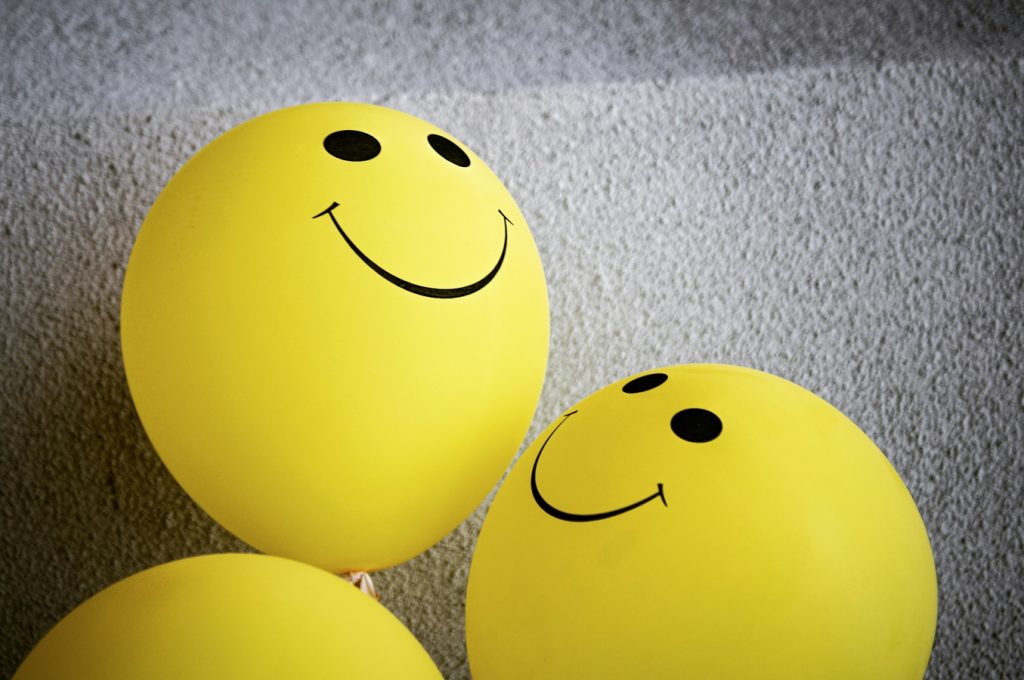 Tim Mossholder, Unsplash
Tim Mossholder, Unsplash Every year, we get a variety of survey snapshots of student opinion from organizations like the Foundation for Individual Rights and Expression and the Heterodox Academy. I have also come to appreciate this report, issued annually by the Challey Institute of North Dakota State University. Like the others, it helps put alarming stories about campus political culture, usually drawn from elite colleges and universities, in a wider context.
Including as respondents over 2,100 undergraduates from over 450 colleges across the U.S., the 2024 American College Student Freedom, Progress, and Flourishing Survey covers some of the same topics as the better publicized and more familiar FIRE and HxA reports, but it also plows some new ground.
Some of the findings are troublesome, others perhaps a little heartening.
- Like the other surveys, Challey Institute’s shows evidence of student censoriousness: 32 percent of respondents affirm the proposition that universities should withdraw invitations to speakers with whom students disagree, 34 percent agree that assigned readings that make students uncomfortable should be dropped, 27 percent say that discussions of uncomfortable topics should be stopped, and (most troubling to this curmudgeonly professor) 71 percent say that if a professor says something students find offensive, he or she should be reported to the university. I was not surprised that these numbers were typically higher among students who identified as liberal. I was surprised that, in 2024, 52 percent of conservative students would report their professors, up from 40 percent in 2021. Are they learning from or adopting the tactics of their liberal colleagues? Nothing good can come of this.
- Over 60 percent of students said they were very or somewhat proud to be American—52 percent of liberals, 87 percent of conservatives, and 62 percent of independent or apolitical students. 2024 was the first year that the liberal number was over 50 percent. (The survey was taken in May, so the “politics of joy” was not yet a theme or meme.)
- Almost 60 percent defined capitalism as “an economic system in which property is privately owned, exchange is voluntary, and production and pricing of goods/services are determined by market forces.” (An offered alternative definition stressed corporate misbehavior.) Even 55 percent of liberals accepted the correct definition, up from 45 percent in 2021. To be sure, only 22 percent of those who take this view have a positive view of capitalism, but at least 51 percent are neutral. You can regard the glass as half-full, if you wish.
- By a 2-1 margin (26-13), students say that their college experience has made their view of capitalism more negative. Surprisingly, conservative students say that their views have become more positive, albeit by a narrow margin (20-17). There are probably echo chambers inside and outside the classroom. You’re unlikely to find an English professor or an anthropologist who assigns The Wealth of Nations, but there are likely proponents of capitalism, properly understood, in the economics department and the business school.
- Twenty-five percent of students have a positive view of socialism, usually understood as a robust welfare and regulatory state (the view affirmed by 65 percent of liberals), not as a command economy (as 53 percent of conservatives say). Again, those inclined to regard the glass as half-full can point to this result: In 2024, 44 percent of students reported that their professors had said something favorable about capitalism, up from 33 percent in 2021. The half-empty party can point to the fact that 54 percent of students reported that their professors had spoken favorably of socialism. To be clear, more than half of the faculty said nothing about either capitalism or socialism, surely a welcome silence in many departments.
- There’s also a section of student opinion about the Middle East, worth an entire essay on its own. About it, I’ll say only this: Students overwhelmingly affirm the right to engage in peaceful protests; that number drops by over 40 points when the issue is occupying buildings, by another 14 points (to 27 percent) when there’s talk of disrupting classes, by another 7 points (20 percent) when it comes to shouting down a professor, and down to 14 percent when it comes to blocking a speaker or lecture attendees. Across the country, the vast majority of students basically oppose serious disruptions of campus life for political causes. Yes, there is a loud minority, but it’s not clear to me that they win friends by making life miserable for their colleagues.
My conclusion: Yes, there are leftist hothouses on many campuses; yes, some students are wary of peer disapproval (much more so than of professorial disapproval); yes, student and faculty opinion tilts leftward (much more than when I was a student in the Carter and Reagan Administrations); but many faculty keep politics out of the classroom, and genuine learning can still take place, if only the loud and opinionated minority aren’t permitted to disrupt it. Some of our colleges and universities may be terminally ill, but the Challey Institute report suggests that there’s some life in the patient yet.
Joseph M. Knippenberg has taught politics at Oglethorpe University in Brookhaven, GA, since 1985.
